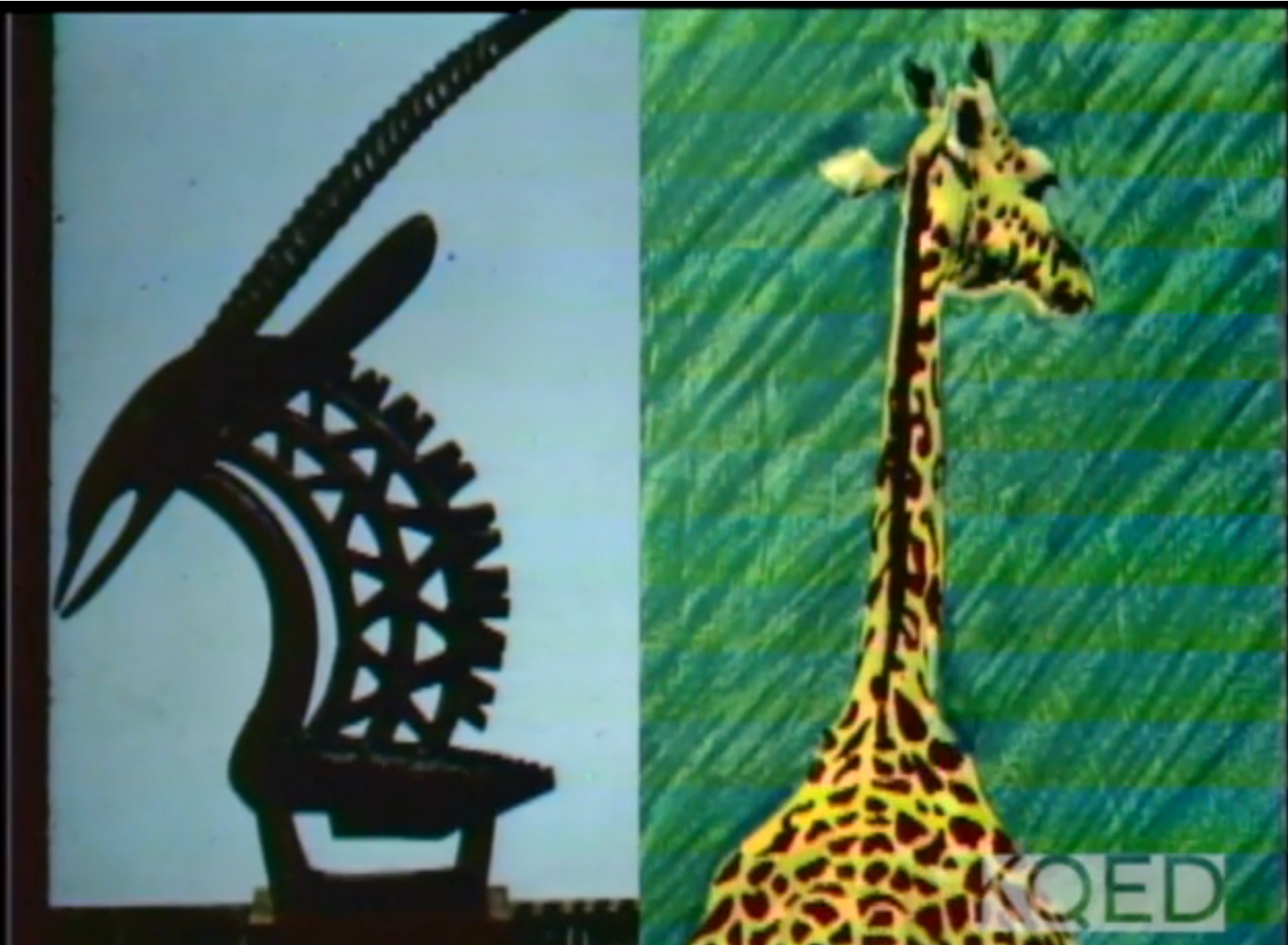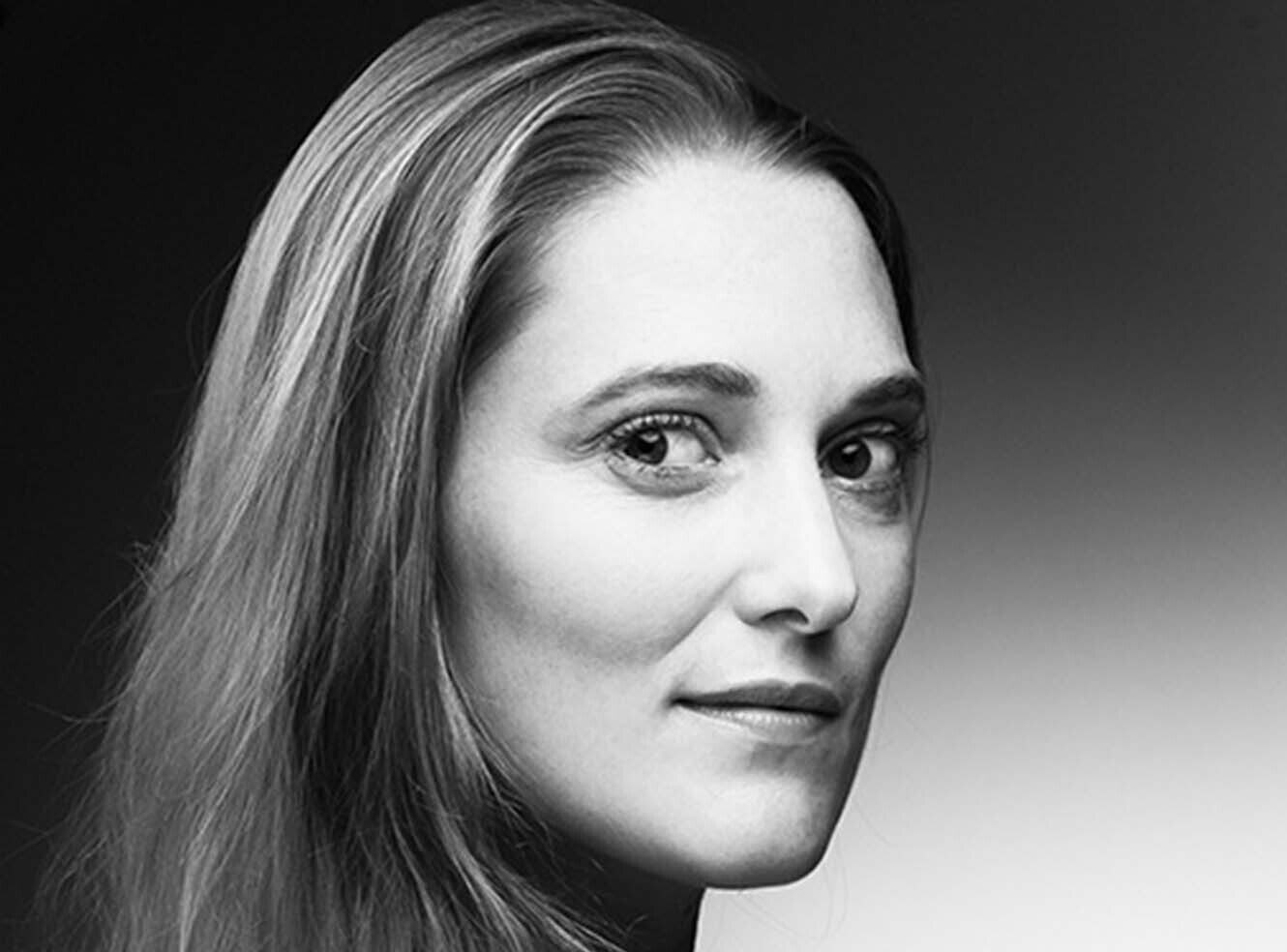Preserving and showcasing AV collections
The Bay Area TV Archive, a unit of the Special Collections and Archives at the J. Paul Leonard Library at San Francisco State University (SFSU), makes history truly come alive, the result of community partnerships and platform development.
To explore how these critical resources can be made available in a way that is functional, intuitive, and unlocks their full research potential, we were joined by Alex Cherian, TV Archivist at the Bay Area TV Archive, to discuss the Quartex A/V Pilot Project.
The A/V functionality in Quartex was initially developed and implemented to support unique and carefully curated video collections - including oral histories, primary source film footage, audio recordings and video essays - in AM primary source databases. However, with more clients exploring Quartex to support a significant amount of their own A/V assets, the A/V Pilot Project was launched to further enhance Quartex platform capabilities for the needs of clients with large and diverse A/V collections.
Three dedicated partners currently participate in the program, including the Bay Area TV Archive, the University of Florida, and Towson University. To date, A/V Pilot Project partners have provided critical feedback on the conceptualisation and wireframes for enhancements including the ability to edit transcription output, embedding A/V assets, access control and citations.
Making history truly come alive
Alex Cherian, TV Archivist at the Bay Area TV Archive, a unit of the Special Collections and Archives at the J. Paul Leonard Library at San Francisco State University, has been particularly instrumental in helping Quartex to realise the ability to edit transcription output.

Bay Area Television Archive homepage
“The Bay Area TV Archive was established in 1981,” says Alex, “when senior broadcasters at local TV affiliates noticed, to their horror, that custodians had been instructed by senior management to dispose of film assets. Important news and documentary programming from the 1960s and 1970s – their legacy – was being thrown away like trash.”
This material – in some cases literally rescued from dumpsters – eventually found its way to the Department of Special Collections at San Francisco State University. Broadcasters like Belva Davis, Rollin Post and Bill Hillman saved this important history and, in 2021, we’re currently streaming over 300 hours of the footage online for free. This is testament to their foresight and to the perseverance of our founding archivist, Helene Whitson.
“Over 95% of our material is preserved on 16mm news and documentary film, which is footage that was typically shot out in the field. We don’t have much studio footage with news anchors rustling papers; our film was shot by camera crews on location around the Bay Area and across Northern California.”
“This is often material which didn’t make it to air – or TV audiences back in the day only saw brief snippets of what camera crews originally captured. So, when users watch these clips streaming from our website, it can be a first-time viewing experience for anyone. It’s the very definition of primary source material and we really do help to make history come alive through our work.”
The material is still owned by the local TV affiliates and the Archive works with four main TV stations: KPIX, KQED, KTVU, and KRON. However, the University is particularly invested in the work of the Archive, to the point that decision-making regarding working in exhibitions or putting material online involves liaison with senior management to ensure alignment with the institution’s overarching mission.Typical user groups of the Archive include filmmakers, students, researchers, and museums, and much of the focus of what Alex works on relates to issues surrounding social justice, with stakeholders typically only too happy to shine a light on footage of this nature being preserved and showcased.
“From the 1950s onwards, the Bay Area became a focal point for many social movements and revolutionary organizations on the West Coast, such as the Daughters of Bilitis and the Oakland Chapter of the Black Panther Party,” says Alex.
“This legacy is reflected in our diverse user community, which includes anyone with a vested interest in rediscovering their history and culture: from organizations who continue to advocate for equality to people who want to see their parents and grandparents fighting for the rights they enjoy today."
A stake in A/V platform development
In 2009, the University’s Department of Academic Technology developed an in-house platform through which to showcase archival footage. However, more recently, one of the external vendors that the Archive worked with to provide access to transcripts and closed captions became unaffordable, as well as proving problematic in other ways, such as the difficulty of making small changes relatively simply.
“That’s when we reached out to Quartex,” says Alex.
Quartex wasn’t just selling us an off-the-shelf package, they were offering a collaborative partnership and giving us a stake in developing new platform functions that were crucial to our mission, such as the edit A/V transcripts capability.
“The prospect of being involved in the process and providing input (and feedback) on what we needed as an archive was a big incentive, because we had a voice in how things could potentially work.”
“That isn’t something that I came across when we were looking for an alternative vendor,” Alex adds.
Editing A/V transcripts in-platform for enhanced access, discovery and understanding
An example from Bay Area TV Archive featuring Dr. Maya Angelou and her 1968 TV series, “Blacks, Blues, Black!” illustrates the ease of use and research impact of the latest platform enhancement to edit A/V transcripts in-platform.
“When we rereleased this series in 2015, we found that each episode opened and closed with the same song, sung by Dr. Angelou. We decided to produce a translation for this song but, with zero paperwork, didn’t even know which language was being used.”
“We consulted with the University of Ghana, the University of Cape Town and UC Berkeley Center for African Studies to establish that Dr. Angelou was singing in the Yoruba language of West Africa.”
“Tomedes Global Services provided a transcription and translation of this song, which was a lament about slavery. Then, we began to look at different ways to share this information online using Quartex.”

Screenshot from Blacks Blues Blacks Episode 1
“The initial automated transcript generated by AWS Transcribe made no sense of the Yoruba lyrics, as we can see here.”
“In the back end of Quartex, it’s relatively simple to update the text and timecodes. For onscreen captioning, we used an English translation from Yoruba. Then, we just edit, and check the changes inthe front end.”
“We also set up a free text metadata field in the relevant record for the English translation. Another option was to create a related asset in the form of a translation document, accessible as a .pdf file."

Screenshot from Blacks Blues Blacks Episode 1
"This provided users with access to both a Yoruba transcription and an English translation. Finally, we also created a compound asset by placing our video file into a folder with a .jpeg image file of the translation.”“Collaborating on this project showed us how Quartex offers multiple approaches to the curation of video assets on their platform, and this flexibility helped us to showcase Dr. Angelou’s work in “Blacks, Blues, Black!”
Realising the benefits of community partnership
For the Quartex team, the A/V Pilot Project represents an exciting opportunity to work with repositories that are living and breathing A/V collections every day.Project partners such as Bay Area TV Archive have the best sense of how their community needs to use these collections, as well as the workflows that are important, fit-for-purpose and user-friendly for their administrative team. It’s important to make sure that the platform is developed in a way that really does make sense for repositories and for the people who use their collections, so the help from all of the A/V Project partners has been invaluable.
Further Information
Visit the Bay Area TV Archive digital collection in Quartex to explore hours of rare film footage at batv.quartexcollections.com. A version of this article was originally published in Online Searcher
Recent posts

AM’s new resource, A Global History of Epidemics, 1800-1970, offers interdisciplinary researchers unique primary sources, interactive tools from maps to timelines, and expert essays, to explore disease history, colonialism, and public health advancements within the British Empire and beyond.

